In recent years, the field of clinical coding has witnessed unprecedented changes due to rapid advancements in artificial intelligence (AI) and other technologies. As we stand on the brink of a new era in healthcare, the future of clinical coding appears both promising and challenging. As an HIM education provider, we regularly hear from students concerned about the implications for their future careers.
Automation in Clinical Coding
Traditionally, clinical coding has been a manual and labour-intensive process, requiring meticulous attention to detail and a deep understanding of medical terminology. In the pre-Electronic Health Record (EHR) era, this was further complicated by handwritten clinical documentation. However, the advent of AI, machine learning, and natural language processing is transforming the landscape. AI algorithms can now analyze vast amounts of medical data, interpret complex documentation, and generate accurate codes with remarkable efficiency. AI is being used more extensively in the United States and other countries than in Canada.
This shift toward automation has the potential to streamline the coding process, reduce errors, and enhance overall productivity. As routine and repetitive coding tasks become automated, coders can focus on more complex cases, ensuring higher accuracy and compliance. This evolution also creates uncertainty among existing HIM professionals and coders.
Enhanced Efficiency and Accuracy
One of the primary advantages of integrating AI into clinical coding is the significant improvement in efficiency and accuracy. Machine learning algorithms can learn from vast datasets, identify patterns, and adapt to changes in coding guidelines. This adaptability is particularly crucial in an industry where coding and classification standards are subject to frequent updates.
Challenges and the Human Touch
While the rise of AI brings forth numerous benefits, it also raises concerns about the potential displacement of coding jobs. However, it’s essential to recognize that AI is meant to complement, not replace, human coders in clinical coding. It’s essential to recognize that AI in clinical coding is not meant to replace human coders but to complement their skills. The intricate nuances of medical documentation, patient interactions, and unique cases require the human touch, critical thinking, and interpretive abilities that AI currently lacks. This will require the advancement and evolution of coders’ roles to arguably become more important and more advanced.
The Future Role of Clinical Coders
As the profession evolves, coders will need to adapt and upskill to harness the full potential of emerging technologies. This includes mastering AI-driven coding systems, staying updated on coding guidelines, and expanding their knowledge in areas that require human expertise, such as clinical documentation improvement.
Additionally, clinical coders can play a pivotal role in quality assurance and validation of AI-generated codes. Human oversight is crucial to ensure that the automated systems align with ethical standards, legal requirements, and the specific needs of patients.
In addition to coders, the impact on the HIM profession overall will mean tremendous new opportunities for ‘non-traditional’ roles, that effectively utilize the often-untapped skills and knowledge of our profession. The most open-minded organizations and professionals will have the greatest opportunities to leverage these unique skillsets in the constantly changing digital landscape.
Conclusion
The future of clinical coding, and the broader profession of Health Information Management, is undoubtedly intertwined with the advancement of technology. AI and other innovations are poised to revolutionize the HIM and coding profession, offering unprecedented efficiency, accuracy, and speed. While challenges lie ahead, the role of human coders remains indispensable, emphasizing the need for a collaborative approach that integrates technology and human capability. As HIM professionals, we must open our minds to the future of HIM and coding and the extensive opportunities we have to work alongside technology and further improve the data that feeds so many clinical and administrative decisions in our health system, ensuring high quality, safe patient care and effective decision-making.
As CHA Learning updates its HIM program curriculum in 2024, we will collaborate with industry experts to ensure that our learners are educated about these advancements, the impacts on the field, and the vast opportunities for them in the future.
Do you want to learn more or have a personal conversation with me about HIM and clinical coding education, or your individual or team professional development needs? Are you an employer with feedback or who wants to discuss current industry needs? Send me a message!
—

Jessica Schierbeck
Director, Strategic Solutions
CHA Learning / HealthCareCAN
Jessica Schierbeck is the Director of Strategic Solutions at CHA Learning/HealthCareCAN.
With 23 years of experience within the healthcare system as a Health Information Management Professional and healthcare leader, Jessica is passionate about working with healthcare organizations and professionals to impact health system improvement through professional development.
Contact Us to Learn More
Connect with one of our Program Coordinators
to learn more about our Health Information programs and courses.
Fill out this form with your contact information or
call us directly at +1 855 236 0213, ext #1.








